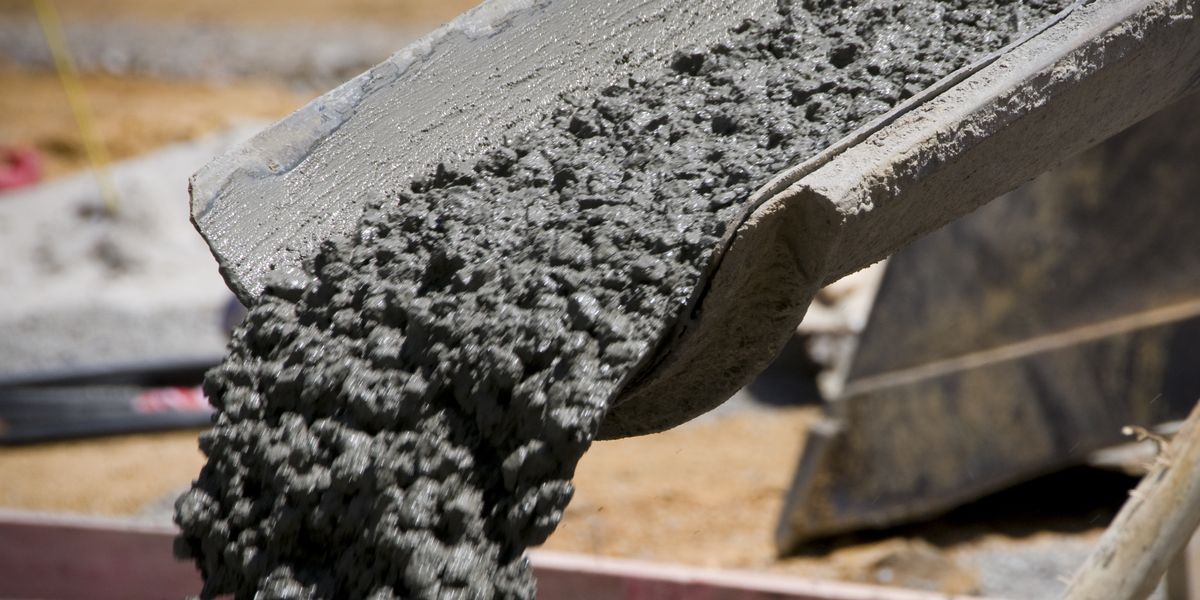For anyone who came here without reading the article to comment about the impending effects of climate change on coffee yields, do note that this proposes using spent (i.e. already used) coffee grounds. SCG currently end up in landfills and eventually get turned into carbon dioxide and methane.
The article they link about pyrolysis is worth a read too. The main source of CO2 emissions from cement production is cooking down limestone into lime IIRC. I was curious how much energy is used to turn the biomass into the end product and what waste is generated. It’s a bit too detailed for me to understand, but the process ends up with 15-25% biochar (the stuff they’re promoting in this article), some potentially useful byproducts, and some regular combustion pollution.
I guess this means I’ll need yet another, different colored wastebin just for coffee now. I mean I’ll do it if it helps, but I can only fit so many receptacles in my kitchen. Meh, I’ll just put the rest in the twins’ room.
I worked on some undergrad research examining the potential to use spent coffee grounds for biodiesel. SCG has residual oil that can be extracted and refined. I wonder if this could be combined with biochar, getting multiple commodities from a waste product.
I’m glad to see research into this. Sand for concrete is a specific type of sand (nice and bumpy so it likes to lock together like a jigsaw puzzle) and people get killed by what are basically sand cartels. This was the “legitimate” mob business in the last season of Barry.
Portland cement is about 2/5 sand, so we’ll need to start drinking more coffee! I was glad to see they’re testing other organic matter since coffee is very susceptible to climate change, ironically caused in a large part by cement production. Unless you believe the reader comment on the article begging people to realize climate change is a hoax…
And I’ve already reported it as misinformation. Nice when a website lets you report stuff without having an account.
Nice work. I tried to thumbs down it, but it wanted a log in.
It’s a shame someone can read articles from decent sources and still be so ignorant.
Quick point of clarification - concrete is about 40% sand. PortlandPortland cement is one of the other parts of concrete - it’s what actually holds concrete together. Other pozzolons, like fly ash, can make up 25-50% of the cementitious material.
FWIW, Cement is wildly energy intensive to create and produces a huge amount of CO2. We don’t have a lot of replacement options for cement (or concrete generally) because of its unique durability.
“so we’ll need to start drinking more coffee!”
I volunteer ☕
Thought it was well known that engineers run on coffee?
I’m an engineer and I run on decaf coffee. There’s no such thing as good decaf coffee. I’m also not a very good engineer.
You know what to do here.
Embrace the palpitations & insomnia for the greater good. And for the decent taste.
After quitting all caffeine cold turkey it just gives me awful headaches if I accidentally have some. XD
Oh no.
I’d imagine they feel as horrible as caffeine withdrawal headaches.
Thank you for the warning!
The disposal of organic waste poses an environmental challenge as it emits large amounts of greenhouse gasses including methane and carbon dioxide, which contribute to climate change,
I mean, yeah, but isn’t it carbon neutral? The coffee comes from the earth, returns to the earth. And couldn’t coffee also be used for biogas?
natural sand as the particulate’s rough exterior provides more surface area for water and cement to bind
What further puzzles me is how they decided to use coffee. Surely there are many other waste products that have the required structure. Is coffee the first thing they tried?
Methane is produced by methanogens in landfills, methane is not really part of the carbon cycle. The cycle itself isn’t self contained, so all the carbon dioxide and methane join all the rest in the atmosphere. We want to reduce any greenhouse gas sources as much as possible, whether it’s “carbon neutral” or not.
They can’t just use any type of sand for construction, beach sand is out of the question as it’s not rough enough. It’s coming to the point that it’s hard to find sources of sand that don’t have negative ecological impacts, so replacing that component with something else is a good idea.
I’d be willing to guess that they already tested using bio char as a replacement and saw that it worked well in concrete, then started looking at waste sources of starting material that had sandy texture, then boom coffee grounds.
I mean, yeah, but isn’t it carbon neutral? The coffee comes from the earth, returns to the earth. And couldn’t coffee also be used for biogas?
Yes you’re right, the overall process of a plant growing and then the plant dying and breaking down is carbon neutral. Sequestering the carbon would interrupt this process and make it carbon negative. This is generally speaking a Good Thing since so many other processes are carbon positive.
There are currently many efforts around the world looking to ramp up biochar production and use in remediating agricultural soils. For example, in many places after harvest time, leftover wheat stalks are gathered up and burned to get rid of the waste. This creates a lot of smoke and air pollution. Some companies are instead picking up the waste, transforming them into biochar and then tilling it back into the soil. https://farmland.org/biochar/
A Spent Coffee Ground project could be analogous to this.
What further puzzles me is how they decided to use coffee. Surely there are many other waste products that have the required structure. Is coffee the first thing they tried?
Could probably also use other sources of biochar. Since you’re replacing sand, it may be an advantage that the coffee grounds are already ground up very finely. I’d imagine something like wheat stalks or corn cobs might be too large to replace sand and require further processing.
Coffee makes many things better.
I totally agree
I read your name as Coffee Jerky and honestly I would absolutely try that.
Me too my friend!
Makes sense, coffee makes me stronger too.










